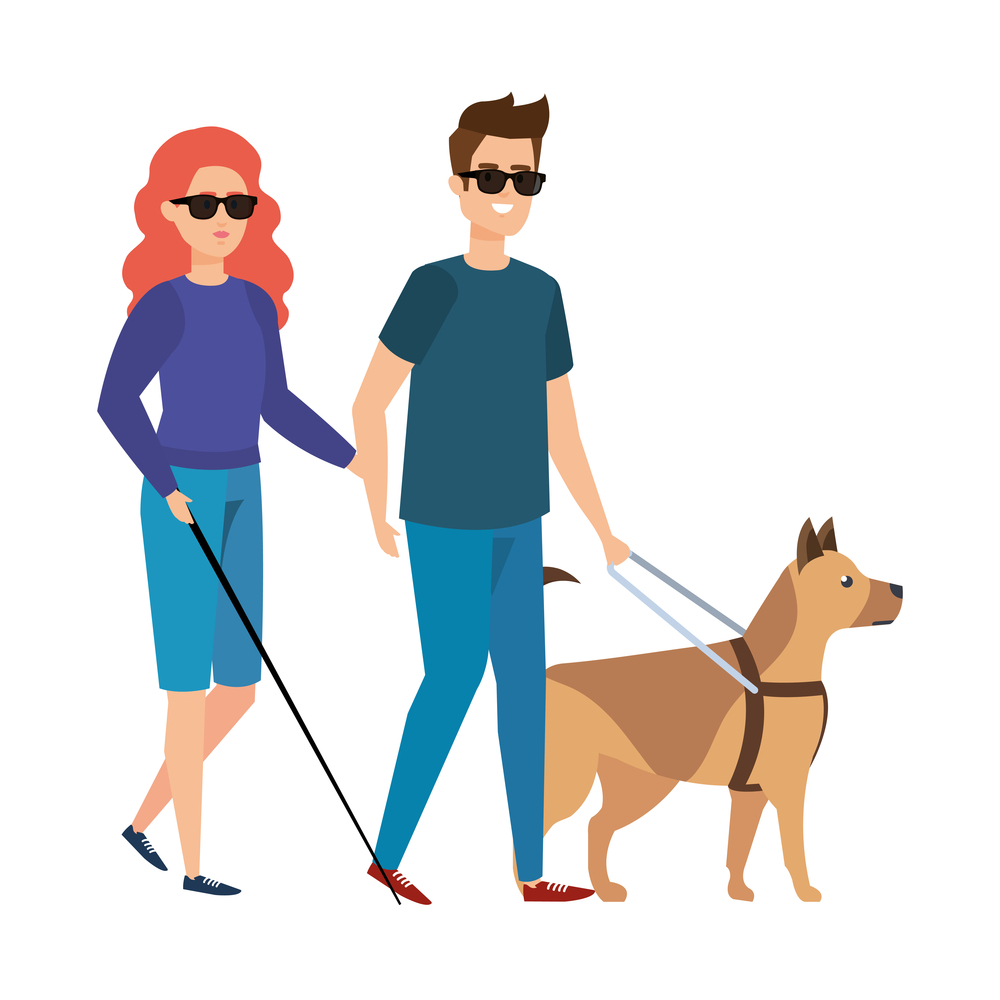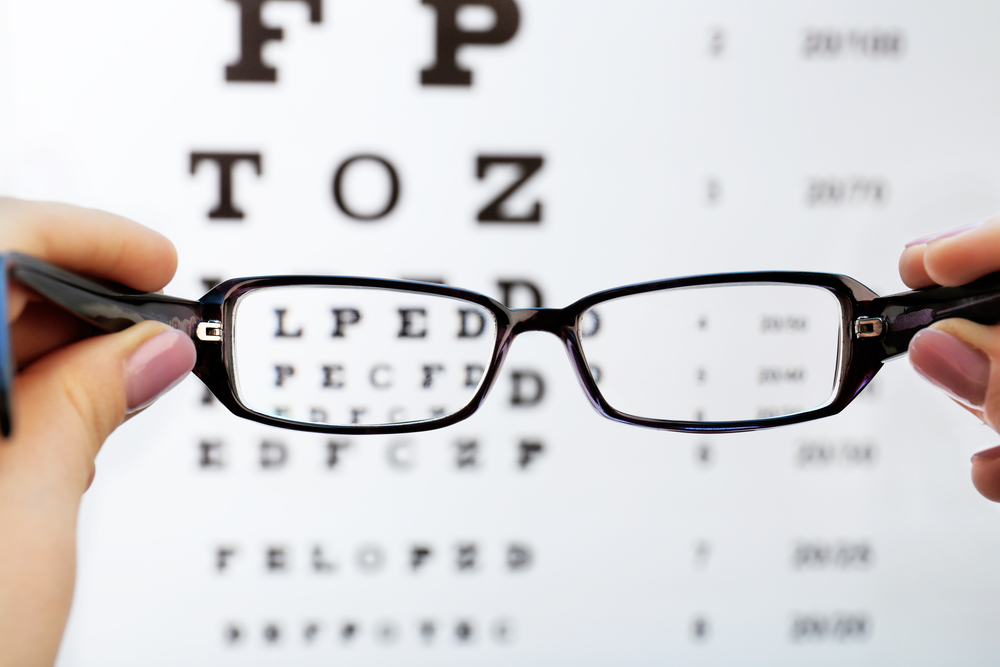
This week’s blog is about how education can be adapted to be successful for children with vision impairment. In our podcast, The Digital Access Show on Spotify apple Podcast, Amazon and YouTube, we interviewed Laura Garcia. Laura has a 12 year old daughter who has CVI, cortical vision impairment.
There are many challenges that people with vision impairment experience. However, the way that people can use assistive technology allows them to be independent. So what types of assistive technology are used by people with different types of vision impairment.

Types of Vision Impairment
Low vision refers to significant visual impairment that cannot be fully corrected with glasses, contact lenses, medication, or surgery. Macular degeneration, cataracts, diabetic retinopathy and glaucoma are types of diseases that cause low vision. People with low vision may have difficulty with tasks such as reading, recognising faces, or navigating unfamiliar environments.
Severe Vision Impairment, also described as blindness, is the complete or nearly complete loss of sight or no functional sight. Macular degeneration, cataracts, diabetic retinopathy, congenital vision impairment, brain tumours, damage to the visual cortex of the brain and glaucoma are types of diseases that cause severe vision impairment. Individuals who have a severe vision impairment may rely on alternative senses, such as touch or hearing, to navigate their surroundings and interact with the world.
Colour Vision Deficiency, also known as colour blindness, this condition affects a person’s ability to distinguish between different colours. It may be partial or complete, and individuals with colour vision deficiency may have difficulty with tasks that require accurate colour perception, such as reading maps or traffic signals.
Assistive Technology Tools 
Assistive technology tools ensure that people with vision impairment can access the same information as everyone else. Every Windows and Mac computer, every smartphone already comes with assistive technology tools that can be used by people with vision impairment. However, there are some extras that can be used to enhance their lives.
Screen readers are software applications that convert digital text into speech or Braille output. These tools enable individuals with vision impairments to access and navigate digital content, including websites, documents, and emails. Popular screen readers include JAWS (Job Access With Speech) and NVDA (Non-Visual Desktop Access).
Screen magnification software enlarges on-screen content, making it easier to read for individuals with low vision. Users can adjust the magnification level and contrast settings to suit their preferences. Examples of screen magnifiers include ZoomText and MAGic.
Braille displays are tactile devices that convert digital text into Braille characters, allowing individuals who are blind or have low vision to read electronic documents and navigate computer interfaces. These devices typically consist of a refreshable Braille output and may include navigation buttons for seamless interaction.
There is a wide range of smartphone apps designed to assist individuals with vision impairments in various tasks, such as identifying objects, reading text aloud, and providing navigation guidance. Examples include Seeing AI, Be My Eyes, and Google Maps, Apple Maps.
Electronic magnifiers, also known as video magnifiers or CCTV systems, are specialised devices that magnify printed text and images, making them easier to read for individuals with low vision. These devices often feature adjustable magnification levels, high-contrast viewing modes, and built-in lighting for enhanced visibility.

Conclusion
Vision impairment can significantly impact an individual’s daily life, but assistive technology tools offer valuable support by enhancing accessibility and promoting independence. By understanding the different types of vision impairments and exploring available assistive technologies, individuals with visual impairments can overcome barriers and engage more fully in their personal and professional pursuits.
